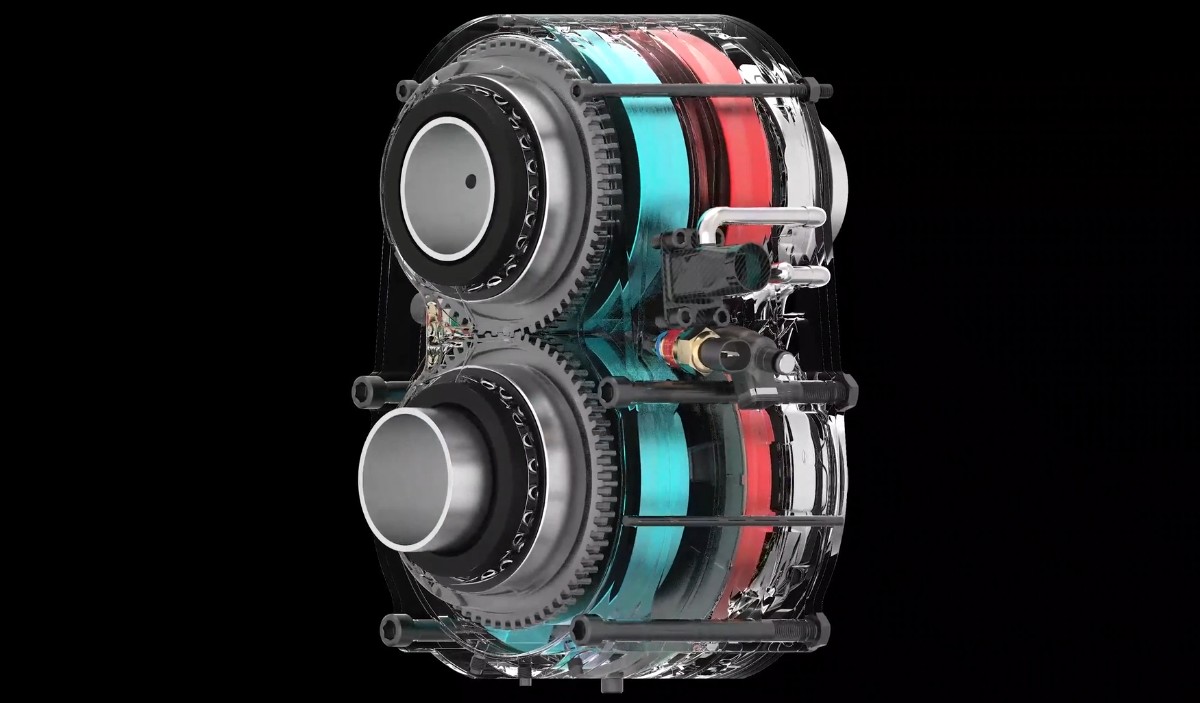In the almost 70 years since Chrysler first developed a functional gas turbine test mule, the technology that dominates the world’s skies has remained virtually untapped by road cars.
The Americans (and their Italian design counterparts) were optimistic about the potential of turbine cars in the ’50s, but the project was abandoned for good reason with just 55 cars produced. Those reasons were to do with the first five iterations of Chrysler’s engines failing to meet government emissions regulations and external pressure on the company.
Despite turbine engines never taking off in the automotive sector, American start-up Astron has a new design that shows incredible promise.
A hint at the company’s interest in a turbine-inspired engine comes from its full name – Astron Aerospace – with aviation as well as automotive usage being part of their prototype’s intended target market. The engine is called the Omega 1, and it combines parts of both a regular combustion engine and a turbine design, with hints of rotary interspersed (just without those pesky apex seals).
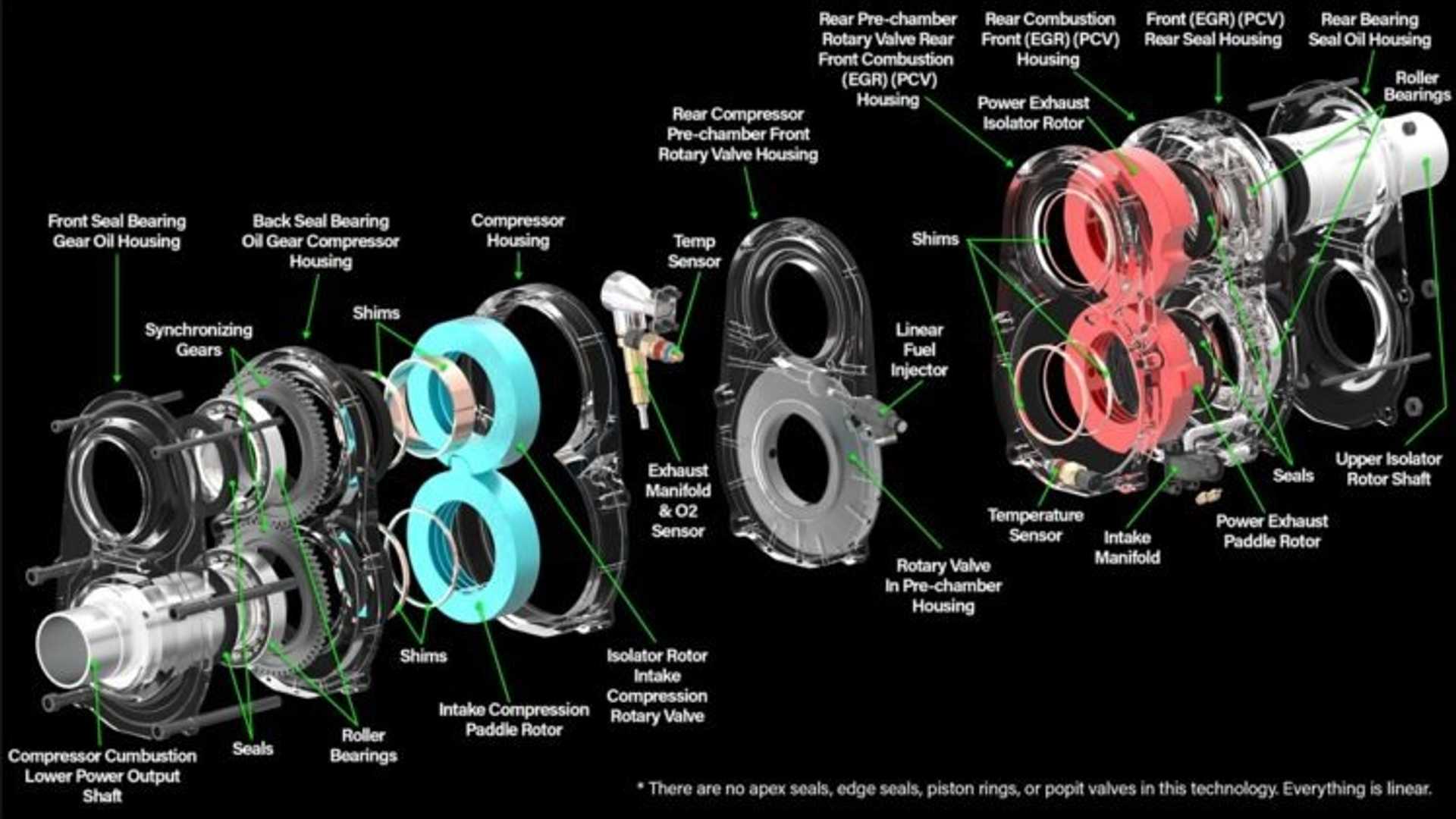
How it works is a pair of gears are stacked on top of each other, with another set behind. Both gears are smooth save for a single respective tooth and notch, that rotate in a housing that Astron claims doesn’t require sealing due to the incredibly tight fit of less than 0.1mm.
In the first pair, the gears separates the intake and compression, while the other has the combustion and exhaust. Intake air enters the combustion chamber when a hole in the rotating gear aligns with a plate in the compression side. As the compressed air then enters the port, fuel is direct injected and ignited much like a regular combustion chamber, spinning the entire assembly via the single tooth gears.
To oversimplify all of that, the Omega 1 takes a regular combustion engine’s four strokes and separates them into two distinct and independent chambers.
That’s a lot of effort, so what’s the benefit? According to Astron, the Omega 1 is compact, light, powerful, low emitting, and yet simple to maintain. It claims a single 16kg engine produces 119kW and 230Nm, with a 1000rpm idle and 25,000rpm redline. The Omega 1 can also be stacked, combining two units to make 238kW and 460Nm and so on. Early computer modelling claims the design could result in a package producing 447kW and 1355Nm at 15,000rpm with a staggering 80 per cent thermal efficiency.
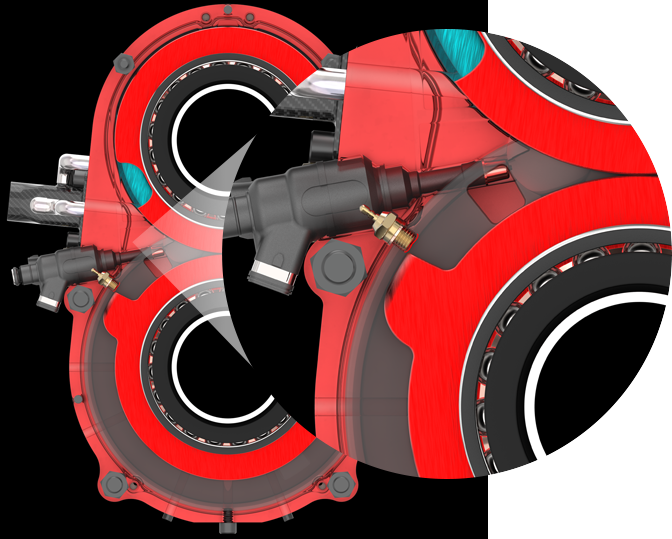
So far all of Astron’s work has been in designing the engine, now it has to turn those plans into a reality. The project received considerable funding, and the company has filed patents internationally to protect its designs, while looking to licence the product to prospective clients across the automotive and aeronautical sectors.
In proving the real-world application of Omega 1 there are still issues to face, notable the incredibly fine tolerances of the design, which relies on expensive exotic materials to ensure everything continues to function throughout different heat cycles.
But, and it is a big but, if Astron can achieve part of what they promise, a new era of rotary engines could be upon us. Brap on!
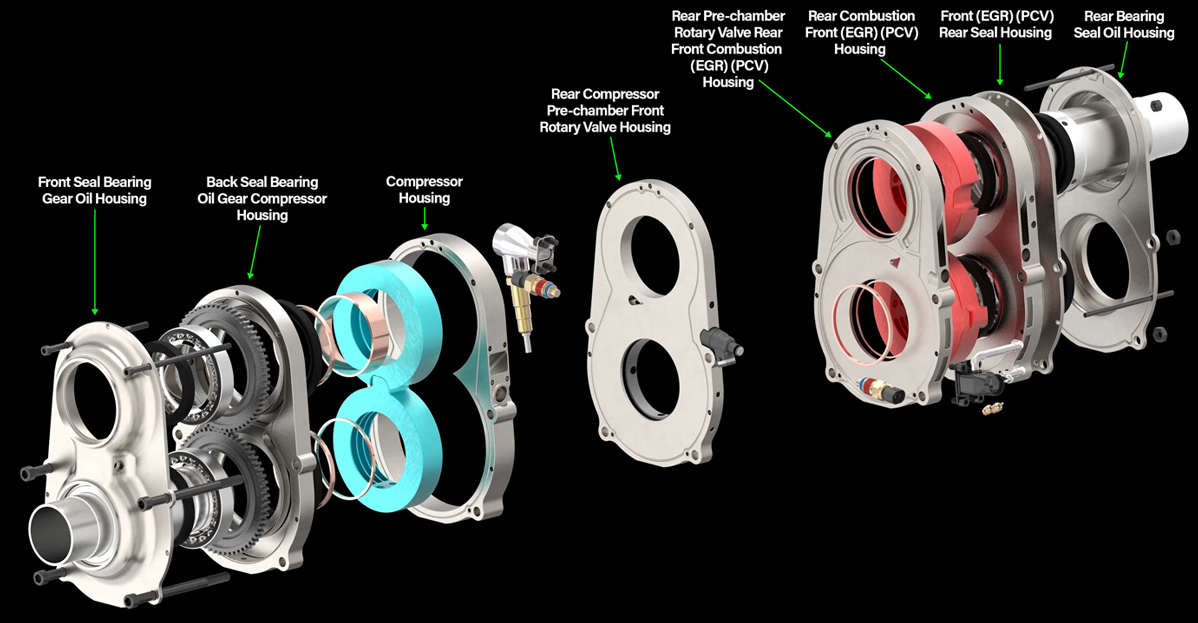
What about alternative fuels?
Astron’s Omega 1 isn’t just a petrol burner. The company claims that hydrogen can be used as an ideal fuel for the engine, with emissions “close to zero”. A report last year out of Japan suggested that Mazda is investigating a similar path for its future rotary plans.
Speaking of Mazda’s rotaries…
The on-again, off-again relationship between Mazda and the Wankel rotary engine that propelled many of its sports cars into cult fame continues into a new year. Patent filings from the Hiroshima car company in early 2022 show a rear-driven coupe powered by a three-rotor engine and hybrid system. RX-9, could that be you?
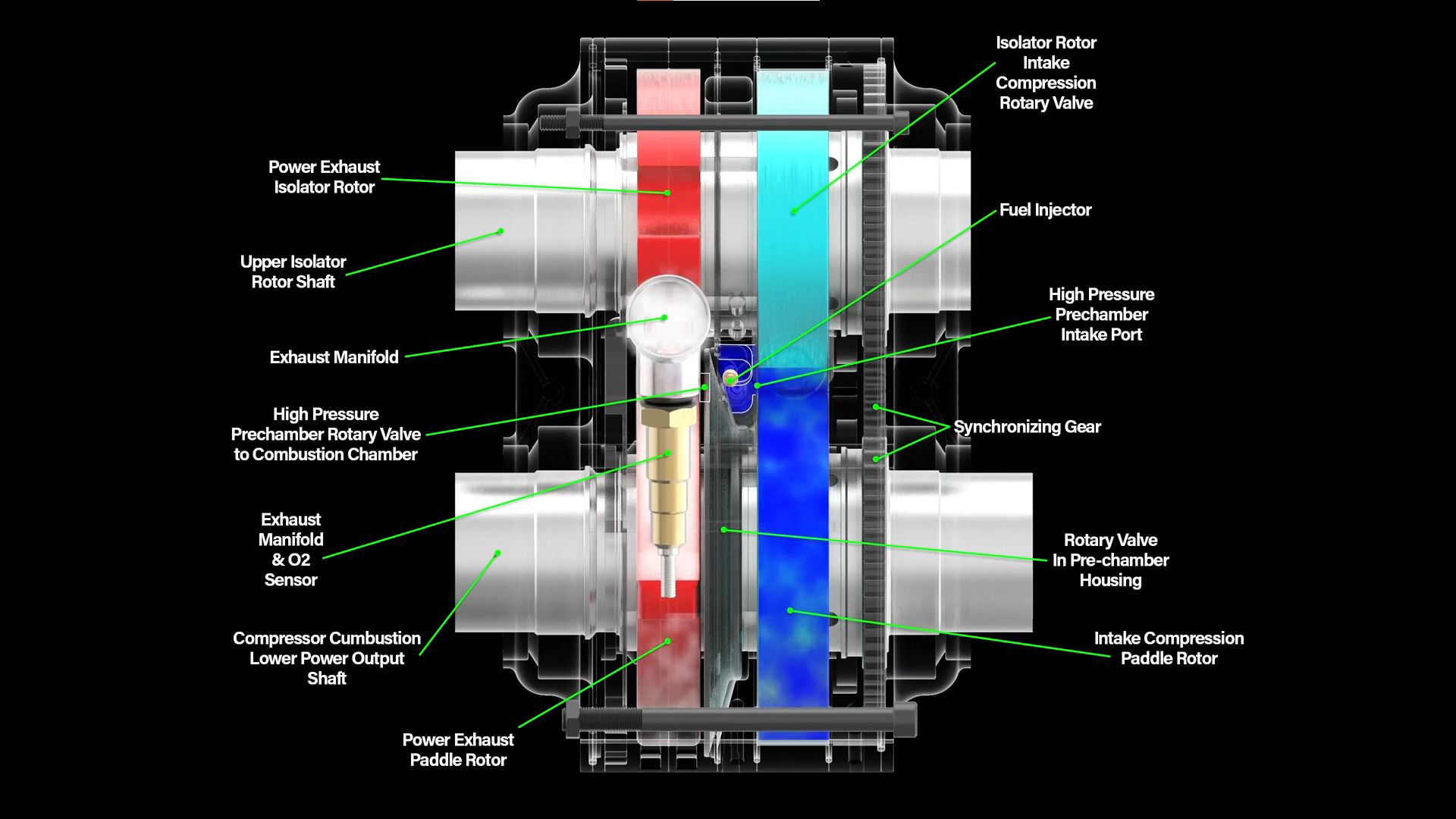
Is it going to be easy to service?
Astron claims that the engine can operate for 100,000 hours plus between ‘overhauls’. In the interim, it says “only very simple, low-cost, and inexpensive” maintenance is required. This is thanks to the low part count, which Astron says for a single Omega 1 unit is roughly equivalent to a one-cylinder lawnmower engine.
Where else could the engine be used?
While we’ve maintained a focus on the Omega 1’s automotive applications, Astron says its design can be used in anything from planes, to motorbikes, heavy machinery and also a range-extender for EVs. Upsized units for heavy industry applications have a theoretical maximum power output in the region of 3355kW.
We recommend
-
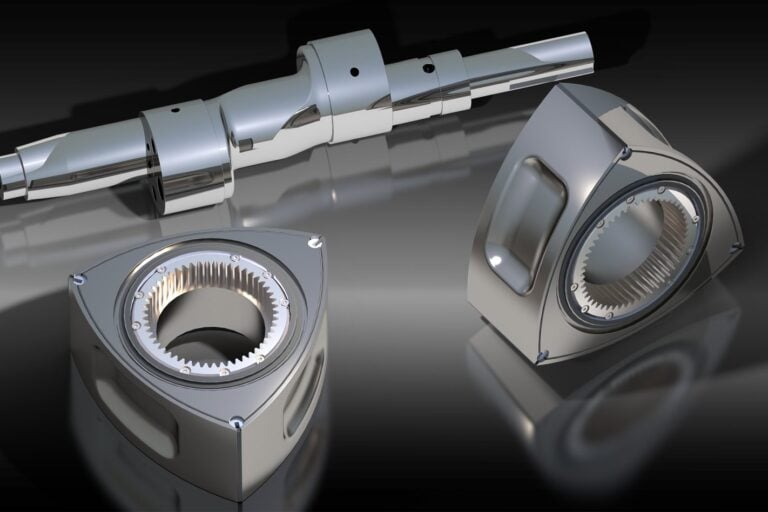 Advice
AdviceWhat is a rotary engine?
Rotary powered cars are great fun to drive so why cant you buy one?
-
 Features
FeaturesThe rotary-powered cars you probably didn’t know exist
There a few rotary icons, but these are the oddballs from around the world
-
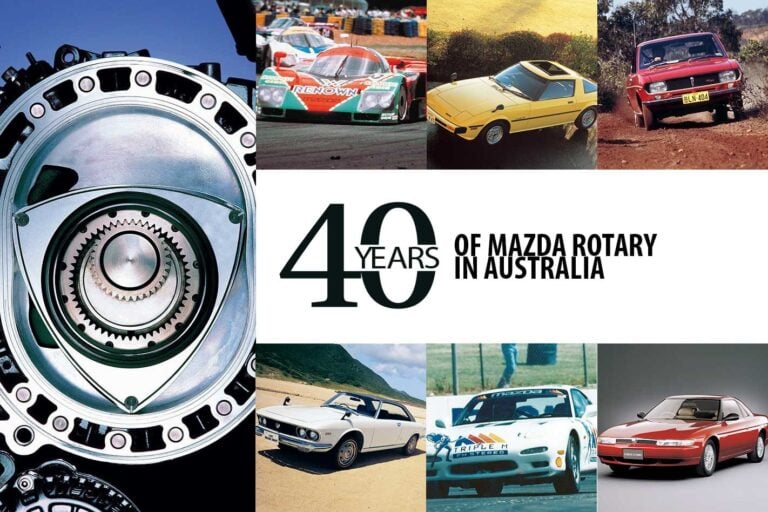 Features
Features40 years of Mazda rotary in Australia: classic MOTOR
Celebrating four decades of Mazda's most stirring engine in Australia


